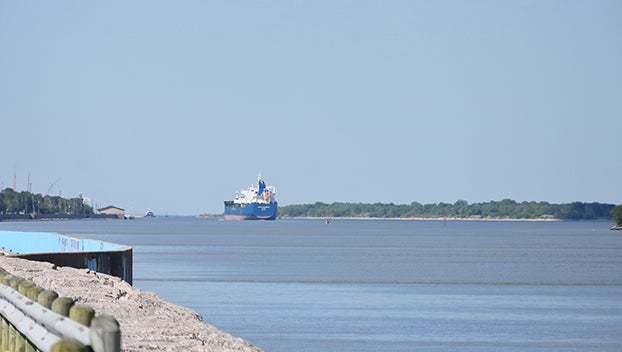MOORE OUTDOORS: Winter specks mysterious
Published 10:38 pm Wednesday, February 8, 2017
The whereabouts of speckled trout during the winter is a mystery.
We know a few of them hang around shallow flats adjacent to the ship channel and the reef on the south end of Sabine Lake, but where do the massive number of trout go?
The first thing that needs to be addressed is the myth that trout from the bays migrate in large numbers to the Gulf of Mexico. We have touched on this topic briefly in the past but there is some new data out there.
The study that is most often cited on trout migration was conducted by the Gulf States Marine Fisheries Commission.
It shows that one researcher tagged more than 2,600 trout and received 50 returns. Of these, 20 came from the release point. Similar findings were reported by researcher Rogillio with 98 percent of the returns coming within 1.5 kilometers of the release point.
When the Texas Parks & Wildlife Department stocks speckled trout, the young come from adults captured in the targeted bay system. In other words, the broodstock must come from Sabine Lake if the offspring are put into Sabine Lake.
The reason is there are some genetic differences showing little or no migration of these fish. This is supported by more recent studies in Florida conducted from 1997-2006 showing little evidence of stock mixing among the state’s ecological regions.
Another Texas study shows that majority of tagged Texas trout were caught in the bay they were released in, but there are others that show we have not quite figured out the species.
A trout tagged in Florida was recovered in Louisiana. That is without question a rarity but it shows that there are still things we need to understand about the species.
On a more practical, local level there are unquestionably some trout that move back and forth from the southern tip of the bays into the nearshore Gulf. But if you look at what happens in our ecosystem during winter the majority seem to stay in the area in deep water with close access to the shallows.
Two years ago there was a strong trout bite during a warming trend right on the northern tip of Sabine Lake around the islands in super shallow water. That meshes with what we know about trout because the consensus among big trout specialists is they stay bunched up in the channels and then move up to feed when waters warm.
This is something that happens coast wide.
Then you have situations like last year where we had massive amounts of rain and trout were relegated to the southern tier of the bay and out toward the jetties. This year we’re sort of in between with what I would consider a normal amount of rainfall and run-off.
But what about the big trout caught periodically in the upper bayous in the Sabine and Galveston Bay ecosystems?
Some of these fish are caught in the upper reaches of manmade canals in that area and that is a long way from the deep water of the channels. I have a hard time buying the idea they migrated into those spots during a short warm spell.
There is a good chance some trout (and they seem to be mainly big ones) live in those areas during winter and hold up in the deepest portions of the canals. I have personally caught trout in Black’s Bayou in winter and it is north of Sabine Lake.
This sort of coincides with big bass behavior.
Most anglers assume all bass are in deep water during the coldest days but many of the pros say that a good portion of fish, especially larger ones, will actually move into the shallows to feed even when water temperatures are in the upper 30s.
The dispersal of winter trout in the region gets really interesting when you have dry spells. How many times during dry winters have we ran right past trout in the rivers on the way south to find them? The answer would probably shock us.
Make sure and check out my weekend column because I will be talking about potential hot spots for winter trout ranging from the jetties to the Sabine River in the coming six weeks.
•
To contact Chester Moore, email him at chester@kingdomzoo.com. You can hear him on “Moore Outdoors” Fridays from 6-7 p.m. on Newstalk AM 560 KLVI or online at www.klvi.com.





